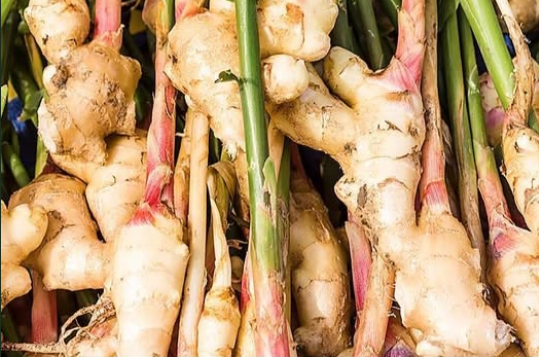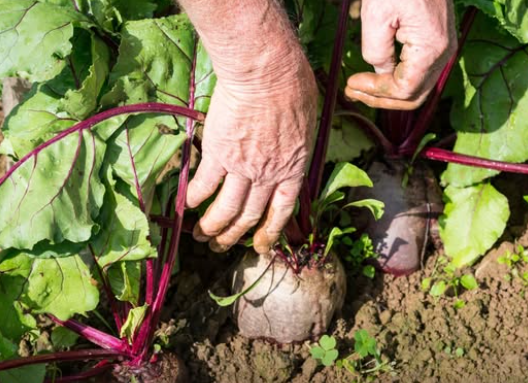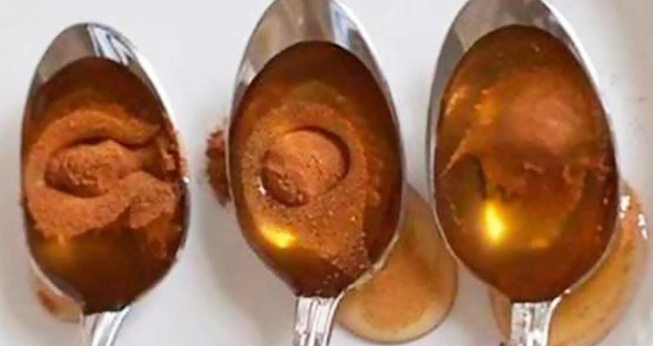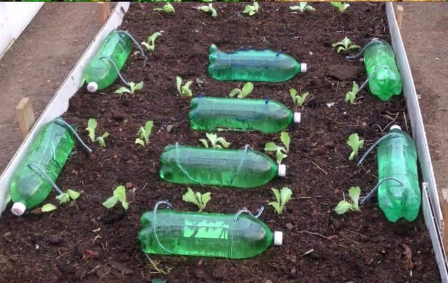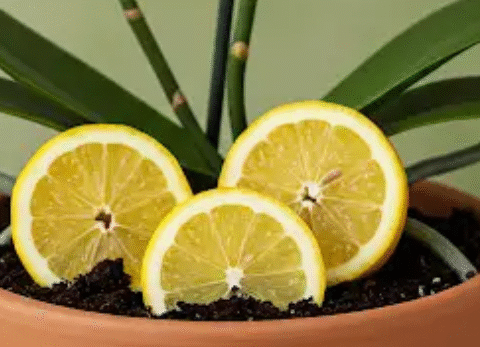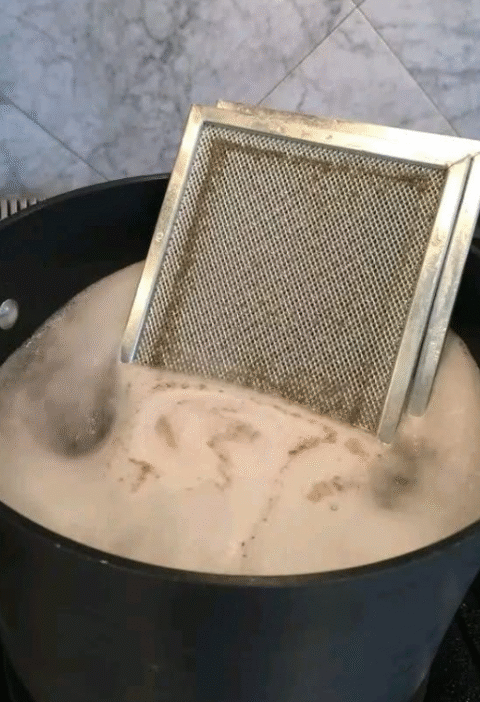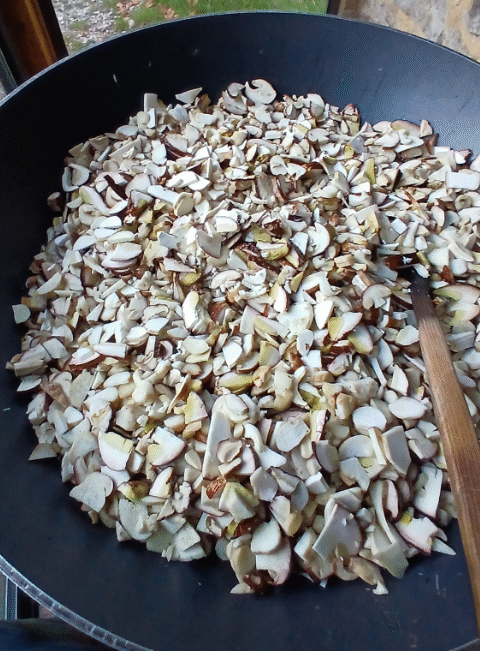How to Grow Ginger at Home: A Step-by-Step Guide for an Endless Supply 🌱
Ginger (Zingiber officinale) is one of the most beloved herbs in the world—used in teas, stir-fries, juices, and traditional medicine. But did you know you can grow a fresh, endless supply of ginger right at home?
This guide will walk you through how to grow ginger indoors or outdoors, from selecting the best root to harvesting and regrowing it for years to come.
🌿 Why Grow Ginger at Home?
- 💰 Cost-effective – One ginger root can yield multiple harvests.
- 🌱 100% Organic – No pesticides or preservatives.
- 🏠 Convenient – Fresh ginger whenever you need it.
- ♻️ Sustainable – Regrow from harvested rhizomes indefinitely.
🥚 Step 1: Choose the Right Ginger Root
What to Look For:
- ✔️ Firm, plump, and unwrinkled rhizomes
- ✔️ Multiple visible “eyes” or growth buds
- ✔️ Organic ginger (untreated with growth inhibitors)
Best Sources:
- Organic grocery stores
- Local farmers’ markets
- Online seed or herb suppliers
💧 Step 2: Prepare Ginger for Planting
- Soak rhizomes in warm water overnight to wash away growth inhibitors.
- Cut larger roots into 1–2 inch pieces, each with at least 1–2 eyes.
- Air-dry the pieces for 24–48 hours to prevent rot when planted.
🌞 Step 3: Set Up Ideal Growing Conditions
| Condition | Ideal Setting |
|---|---|
| Temperature | 75–85°F (24–29°C) |
| Light | Bright, indirect sunlight or partial shade |
| Soil | Rich, loose, and well-draining loam |
| Pot Size | 12+ inches deep, with drainage holes |
🌱 Step 4: Plant Your Ginger
In a Pot:
- Fill with loose, compost-rich soil.
- Plant ginger 1–2 inches deep with buds facing up.
- Water lightly and place in a warm, shaded area.
In the Ground:
- Choose a partially shaded spot with good drainage.
- Amend soil with compost or aged manure.
- Space pieces 2–4 inches apart and cover lightly with soil.
🌿 Step 5: Care for Your Ginger Plant
- Water: Keep soil moist but not soggy. Water more in summer, less in fall.
- Fertilizer: Apply a balanced organic fertilizer every 4–6 weeks.
- Mulch: Use straw or dried leaves to retain moisture and suppress weeds.
- Pests: Treat aphids and mites with neem oil or insecticidal soap.
⏳ Step 6: Harvesting Ginger
When to Harvest:
- 🎯 4–5 months: For mild baby ginger.
- 🎯 8–10 months: For mature, full-flavor ginger.
How to Harvest:
- Gently loosen the soil around the plant base.
- Pull the entire root or cut off a section as needed.
- Replant remaining rhizome pieces to regrow continuously.
♻️ Step 7: Regrowing Ginger for an Endless Supply
- Never harvest the entire root—always leave some in the soil.
- Replant fresh sections immediately after harvest.
- Refresh container soil every 1–2 years to maintain nutrients.
🧊 Storing Fresh Ginger
- Refrigeration: Store in a ziplock bag in the crisper drawer for up to 3 weeks.
- Freezing: Peel, chop, and freeze in an airtight container for 6+ months.
- Drying: Slice thin and dehydrate for storage or powdering.
🚫 Common Ginger Growing Mistakes
- Overwatering: Leads to root rot. Ensure drainage and don’t waterlog soil.
- Poor Soil: Ginger needs rich, loose, well-draining soil. Avoid clay.
- Too Much Sun: Direct sunlight scorches leaves. Stick to filtered light.
- Premature Harvest: Wait at least 8 months for strong flavor and full maturity.
📌 FAQs
- Can ginger grow indoors?
Yes! Ginger thrives in containers near windows with indirect light. - How long does it take to grow ginger?
4–5 months for baby ginger, 8–10 months for mature ginger. - Can I grow ginger from store-bought roots?
Yes, as long as they’re organic and untreated. - How do I know when ginger is ready to harvest?
Leaves will start yellowing, and the root will be large and firm. - Can I grow ginger all year?
Yes, indoors or in warm climates with proper care. - Does ginger need full sun?
No. Ginger prefers partial shade or filtered sunlight. - How often should I water ginger?
Keep soil moist—not wet. Water more in hot months and reduce in fall. - Will ginger regrow after harvest?
Yes! Leave a few pieces in soil and they’ll continue growing. - Do I need to fertilize ginger?
Yes. Use organic fertilizer every 4–6 weeks for best results. - Can ginger survive frost?
No. Ginger is frost-sensitive. Move containers indoors in cold weather.
🌟 Final Thoughts
Growing ginger at home is easy, rewarding, and sustainable. With just a little effort, you can enjoy an endless supply of fresh, organic ginger right from your garden or windowsill.
Whether you’re using it to spice up dishes, soothe a sore throat, or brew the perfect ginger tea, there’s nothing like harvesting your own ginger root.
Start with a single rhizome—and grow a lifetime supply of flavor, health, and wellness! 🌱
